1. Drive-In Movies
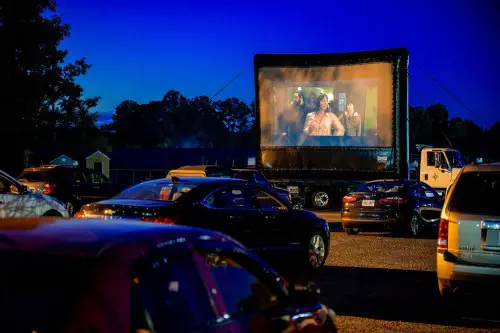
Once a staple of American entertainment, drive-ins offered a unique blend of cinema and car culture. Families packed into station wagons with snacks and blankets, tuning in through the radio and watching under the stars. It was romantic, communal, and just a little bit rebellious. You could talk, snack, or even sneak in a friend in the trunk.
While a few drive-ins still exist, they’ve mostly been replaced by multiplexes and streaming services. But during the pandemic, they briefly surged back—and reminded people how magical they can be. With the right setup, they could thrive again. Who wouldn’t want to watch a movie from the comfort of their own car?
2. Roller Skating at the Rink
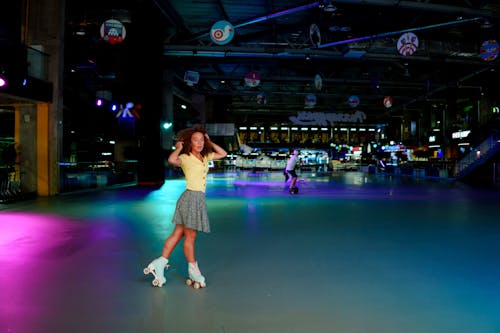
In the ’70s and ’80s, roller rinks were the place to be—disco lights, thumping music, and the smell of popcorn in the air. Kids and teens would lace up their skates, hold hands during slow songs, and try not to fall during the limbo. It was social, active, and just the right amount of awkward. Everyone had a favorite rink and a story to go with it.
Today, roller skating has faded from the mainstream, replaced by digital hangouts and indoor trampoline parks. But it’s making a quiet comeback, especially on TikTok and in retro-themed events. It’s fun, nostalgic, and a great workout. Honestly, it deserves a full-blown revival—minus the carpeted walls.
3. Letter Writing
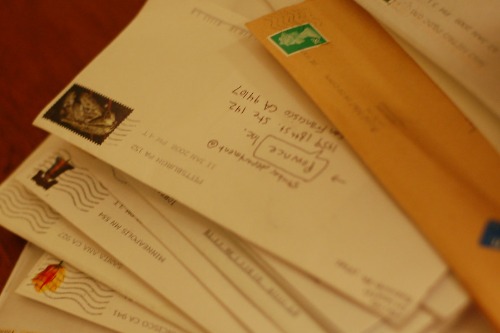
Before texts and DMs, people wrote actual letters—on paper, with pens, and sometimes even wax seals if they were feeling fancy. It was thoughtful, personal, and often beautifully messy. Getting a letter in the mail felt like receiving a little piece of someone’s world. And writing one made you slow down and reflect.
Today, letter writing is practically extinct, replaced by instant communication. But there’s something deeply human about putting thoughts to paper. It’s intimate in a way no emoji can replicate. Maybe it’s time to bring back the pen pal.
4. Sunday Family Dinners

For decades, Sunday dinner was sacred—roast chicken, mashed potatoes, and everyone gathered around the table. It was a time to catch up, argue about nothing, and pass the gravy. No phones, no distractions—just food and family. It wasn’t fancy, but it was grounding.
Now, busy schedules and takeout culture have made shared meals feel like a luxury. But carving out time for a weekly dinner could bring back a sense of connection. It’s not about the menu—it’s about the ritual. And honestly, leftovers on Monday are a bonus.
5. Porch Sitting
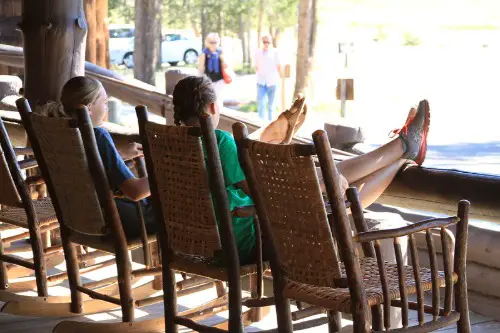
There was a time when people actually sat on their porches—rocking chairs, iced tea, and casual chats with neighbors. It was low-key, relaxing, and deeply communal. You didn’t need a reason to be out there—you just were. And it made neighborhoods feel like, well, neighborhoods.
Today, we’re more likely to be inside, glued to screens or behind privacy fences. But porch sitting is a gentle rebellion against the rush. It invites conversation, observation, and a slower pace. Maybe all we need is a chair and a little time.
6. Playing Cards with Friends
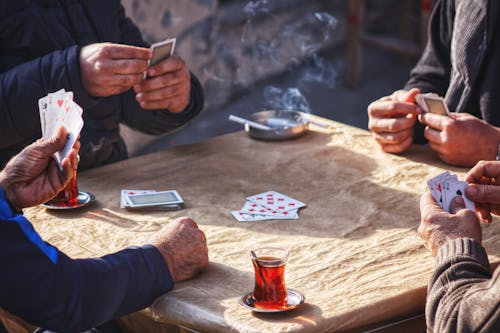
Card games like bridge, rummy, and poker were once a regular part of American social life. People gathered around kitchen tables, snacks in hand, and played for hours. It was competitive, hilarious, and full of inside jokes. No apps, no screens—just cards and company.
Now, game nights are more likely to involve consoles or trivia apps. But there’s something timeless about shuffling a deck and dealing a hand. It’s tactile, social, and surprisingly strategic. Plus, it’s a great excuse to unplug and reconnect.
7. Community Talent Shows
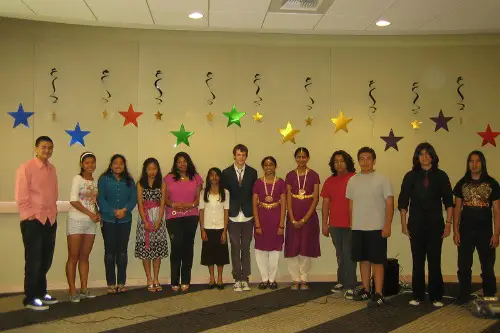
Every town had one—awkward dance routines, off-key singing, and the occasional surprisingly good magician. Talent shows were charmingly amateur and wildly entertaining. They gave people a chance to shine, laugh, and cheer each other on. It wasn’t about perfection—it was about participation.
Today, we have YouTube and TikTok, but the local, in-person magic is missing. Bringing back talent shows could revive a sense of community and celebration. Everyone has something to share—even if it’s just a kazoo solo. And honestly, the weirder, the better.
8. Building Model Kits
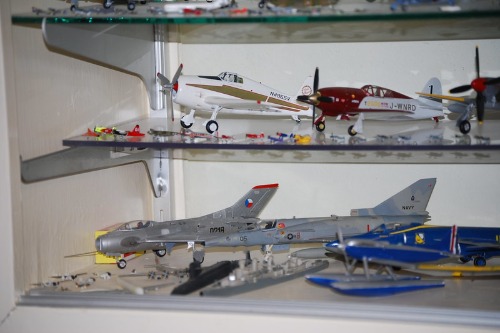
Whether it was cars, airplanes, or ships, building model kits was a beloved hobby for kids and adults alike. It required patience, precision, and a steady hand with glue. The satisfaction of snapping that last piece into place was unmatched. And the finished product was something to be proud of.
Now, hobbies are more digital, and attention spans are shorter. But model building teaches focus, creativity, and delayed gratification. It’s a quiet, rewarding pastime that deserves a comeback. Plus, it’s way more satisfying than scrolling.
9. Collecting Stamps or Coins

Stamp and coin collecting used to be a rite of passage—meticulous, educational, and oddly thrilling. You’d pore over albums, trade with friends, and learn about history along the way. It was a hobby that combined curiosity with a sense of treasure hunting. And it made you feel like a tiny curator of something important.
Today, collecting has shifted to NFTs and Funko Pops, but the old-school charm is still there. These hobbies teach patience, attention to detail, and a love of stories. They’re quiet, nerdy, and deeply satisfying. And they’re just waiting for a new generation to rediscover them.
10. Making a Mix Tape
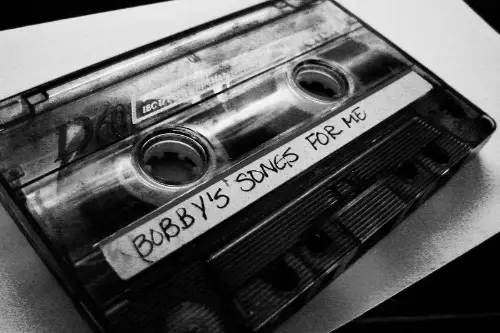
Before playlists, there were mix tapes—carefully curated collections of songs recorded onto cassette. Making one took time, thought, and a little bit of technical skill. You’d agonize over the track order, write out the song list by hand, and maybe even decorate the case. It was a love letter in audio form.
Today, sharing music is as easy as sending a link—but it’s not the same. Mix tapes were personal, tangible, and full of heart. Bringing them back might be impractical—but the spirit behind them? That’s worth reviving.
This post These 10 Forgotten American Pastimes That Deserve a Second Life was first published on American Charm.


